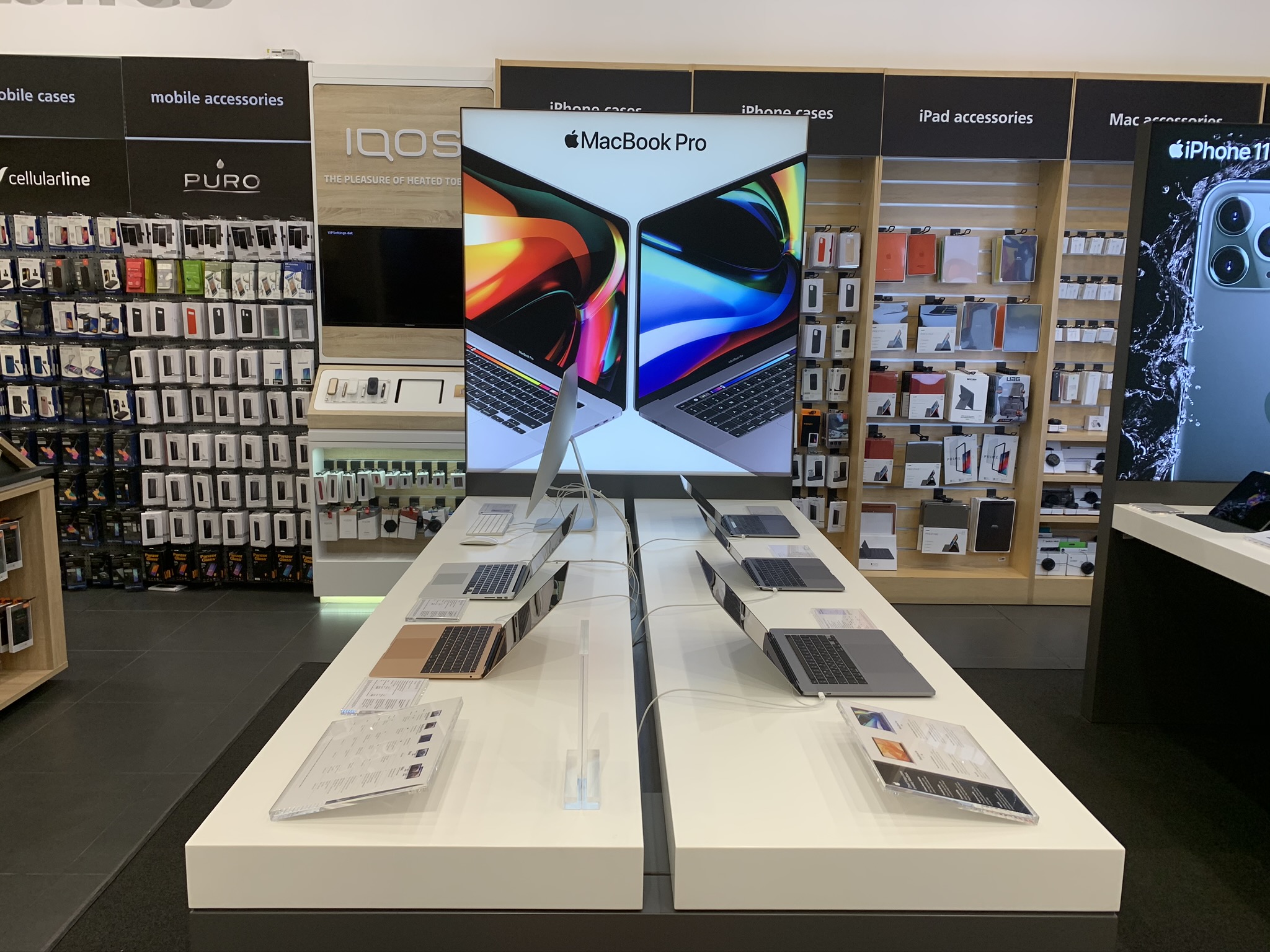
The App ID links your signing certificate with your app (identified by its bundle ID).įinally, you create one or more Provision Profiles. Then for each application or app extension, you create an App ID. This process links the Apple Certificate Authority and you (or your team) in the creation of your signing certificate. The gist is that you create a public/private key set on your development computer that you give to Apple. The process for doing this is explained completely in the Apple documentation. The Signing Certificate guarantees that you are you and that Apple knows about you. One of the first things you do as an iOS developer is to create a Signing Certificate. App Store Connect is the gateway to the Apple store. There are other certificate authorities, but Apple is the only authority that will allow you to push your app to App Store Connect (previously iTunes Connect). We’ll run through it quickly to establish a mental map and then come back to discuss each piece in greater detail.Īt the top, you’ll see the Apple Certificate Authority. This is a high-level view of all the pieces in the chain with no detail at all. This chain of authority contributes to the stability for which iPhones and iPads are known. In order to accomplish this, they have set up a chain of authority (not unlike the chain of custody for evidence) that links Apple (as the certificate authority) link by link to your compiled application.


Most of the documentation for iOS certification and provisioning is like that.

The guy with the leg thinks the elephant is like a tree. The guy with the tail thinks an elephant is like a rope. Each of the blind men grabs a different part of the elephant.

You’ve probably heard the story of the blind men and the elephant.


 0 kommentar(er)
0 kommentar(er)
